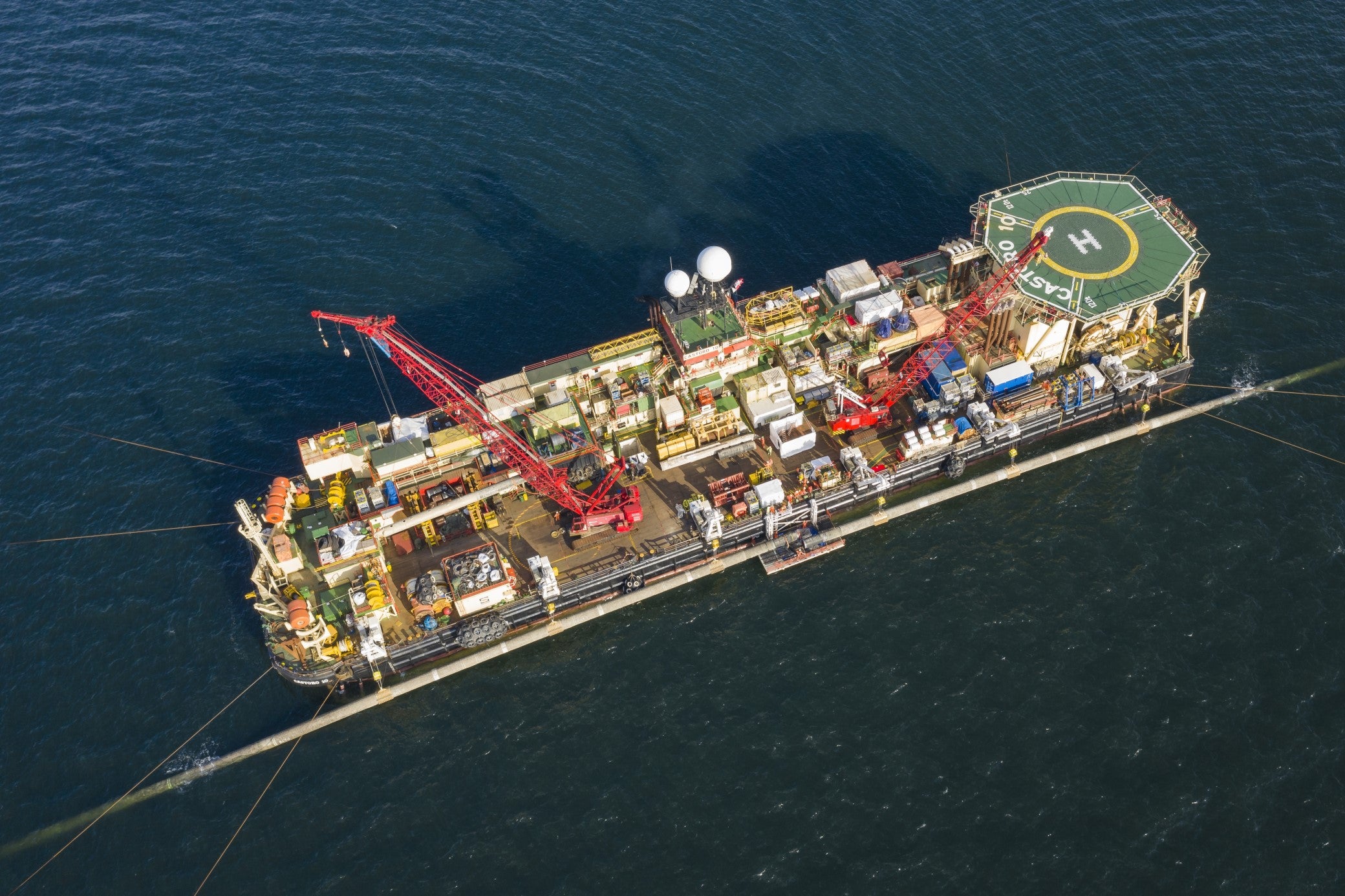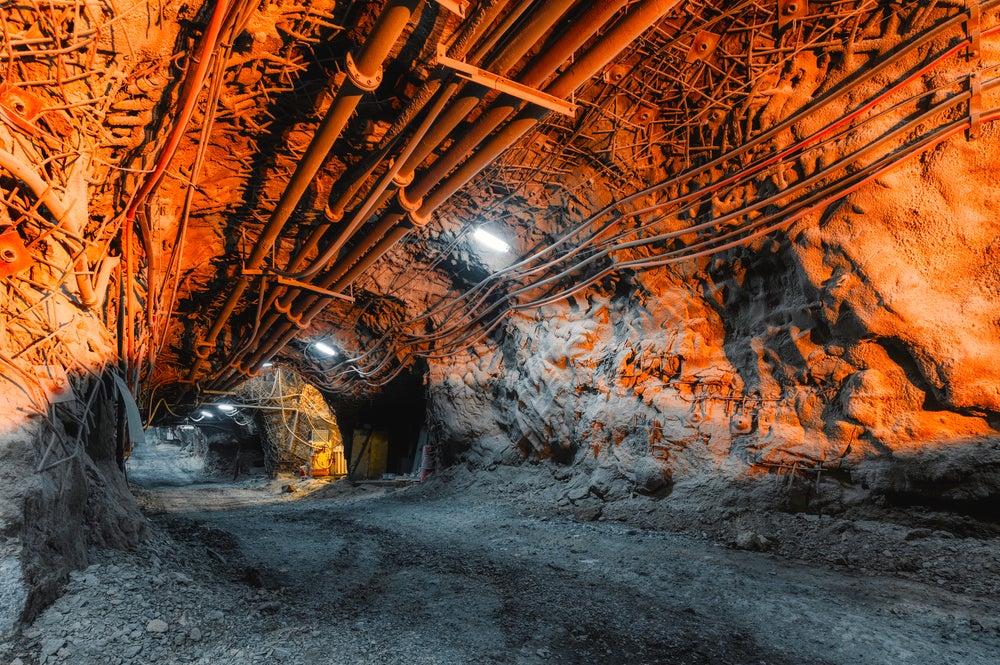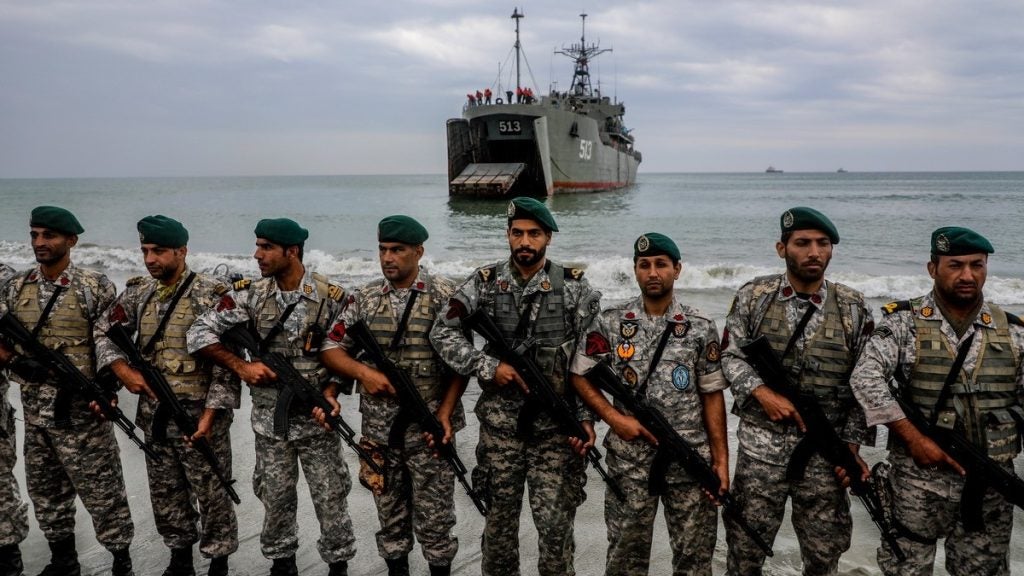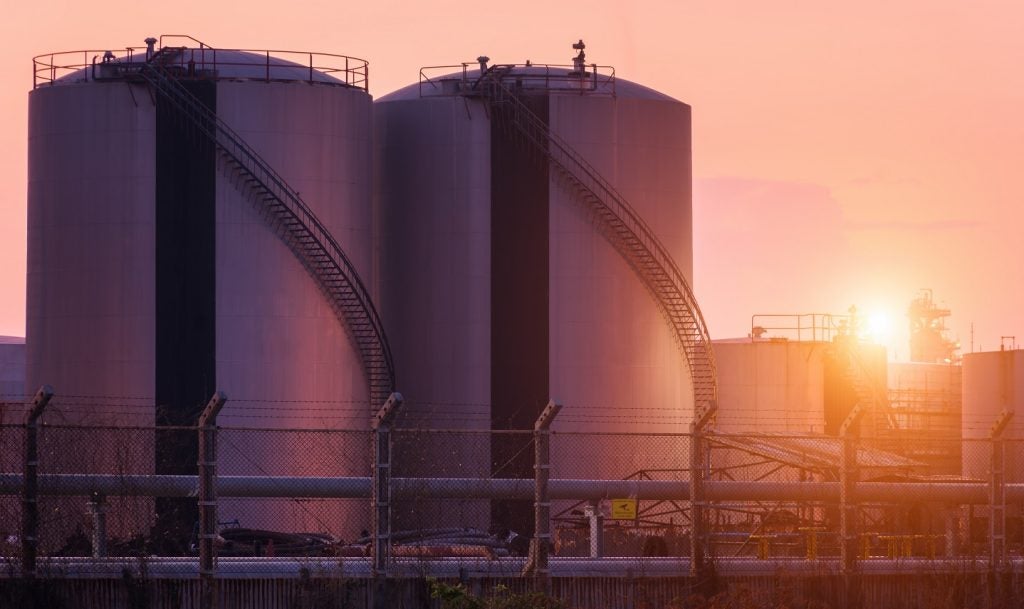
Over the past week, Germany and the US reached a deal over the Russian-backed Nord Stream 2 pipeline. But why has the pipeline proved such a big political issue, and what will happen now?
The Nord Stream project and its pipeline plans
The Nord Stream project aims to establish a reliable supply of Russian natural gas to central Europe. To do this, the Gazprom-owned Nord Stream company would connect Russia to Germany via pipelines running through the Baltic Sea.
Starting north of St Petersburg, the pipelines would run for more than 1,200km through the waters of several Baltic countries. Each pipeline would carry 55 billion cubic metres of natural gas to refining and distribution hubs. Along the way, Nord Stream would run through waters controlled by Russia, Finland, Sweden, and Denmark before making landfall on Germany’s north-east coast.

Due to the project’s possible environmental impacts, international conventions required Nord Stream to also consult Poland, Estonia, Latvia, and Lithuania. Consultations for Nord Stream 1 started in 2006, with the project causing some controversy. However, construction progressed and the pipeline began operating in 2011.
The same year, the Nord Stream 2 project was officially inaugurated. After years of planning, shareholders reached a funding agreement in 2015, with Gazprom providing more than half of the project’s initial price. Germany received its first delivery of pipes for the project in November 2016.
How well do you really know your competitors?
Access the most comprehensive Company Profiles on the market, powered by GlobalData. Save hours of research. Gain competitive edge.

Thank you!
Your download email will arrive shortly
Not ready to buy yet? Download a free sample
We are confident about the unique quality of our Company Profiles. However, we want you to make the most beneficial decision for your business, so we offer a free sample that you can download by submitting the below form
By GlobalDataThe controversies in Europe surrounding Nord Stream 2
Once completed, the pipeline would further ease the flow of Russian gas into Europe. Several European nations expect to need more gas power as they decarbonise, especially Germany and Poland. Switching coal generation to gas power would allow these countries to decarbonise faster, rather than waiting on the construction of renewables.
In 2017, Nord Stream proposed a route for the second pipeline. This mimicked the first pipeline’s route, passing through waters controlled by five Baltic countries. Of these, four gave consent to Nord Stream 2, leaving Denmark concerned about the pipeline’s route through its territorial waters.
The Danish Government then changed its laws so that ministers could prevent the pipeline’s passage through its territory. In response, Nord Stream withdrew its application, while continuing with construction from the Russian end.

The company then proposed a new route in 2018, followed by another in 2019. These still passed through the exclusive economic zones of the relevant countries, but avoided Danish territorial waters.
However, the first proposed route seemed unlikely to pass, while the second route passed through an area of disputed territory between Denmark and Poland. After further political wrangling, the two countries resolved their dispute and Denmark agreed to the second pipeline route. This cleared the last obstacle for Nord Stream’s construction.
Other EU nations have also objected to the pipeline, seeing it as against the organisation’s interests. In 2016, leaders of the Czech Republic, Estonia, Hungary, Latvia, Lithuania, Poland, Romania, and Slovakia signed a letter to European Commission President Jean Claude Juncker expressing concern over the “potentially destabilising geopolitical consequences” of the pipeline’s construction. Since then, Poland has become particularly vocal over security concerns.
The decision to build #NS2 created security, credibility and political crisis in Europe.
Ukraine & Poland will work together with their allies and partners to oppose NS2 until solutions are developed to address the security crisis created by NS2.https://t.co/FJxDcPd3JY pic.twitter.com/vi6jxQ5go1
— MFA of Ukraine ???????? (@MFA_Ukraine) July 21, 2021
Beyond this, Ukrainian officials worry that the pipeline would mean less gas passing through its borders. Ukraine earns transit fees from gas passing through the country, and Nord Stream would decrease Russia’s reliance on pipelines there.
Ukraine has remained wary of Russian interests since the country invaded the Crimean region in 2014. Since then, Ukraine has carefully balanced its relationships with Russia and Europe, but Nord Stream could upset its strategic position. Officials have said that Nord Stream 2’s gas flows could decrease Ukraine’s pipeline income by up to $3bn.
The US controversy over Russia in Europe
In the eyes of the US Government, the pipeline would make several European nations more reliant on Russia. For political reasons, the US sees this increase in international power as unacceptable. As a result, it has made several attempts to slow or sanction construction progress.
Under President Trump, the US threatened to sanction any vessel it found to have assisted construction of the pipeline. After the US elections in late 2020, President Biden retained this policy, which maintains widespread support in the country.
However, the US recently stepped back from its sanctions. President Biden said efforts to stop the 98%-complete pipeline at this stage strained diplomatic ties with little chance of success. This view attracted criticism from opposition politicians, who see it as “weakness” in the face of Russia.
Following this, the US entered talks with Germany, seeking assurances that both nations would try to maintain Europe’s energy security.
The deal and how global governments see Nord Stream developing
Under the deal announced on 21 July, the US and Germany agreed terms that would allow completion of the pipeline.
As part of the deal, the two countries issued a joint statement saying that they “are united in their determination to hold Russia to account for its aggression and malign activities by imposing costs via sanctions and other tools”.
As transatlantic partners, we remain steadfast at #Ukraine’s side. It is good that we were able to agree on constructive solutions with the US – also on the issue of #NordStream2. – FM @HeikoMaas
Find the joint ????????-???????? Statement here: https://t.co/V4oH4yRJWF pic.twitter.com/9BXB2yP2Ri
— GermanForeignOffice (@GermanyDiplo) July 21, 2021
In the US, opposition politicians have threatened to block other government actions as a result of the deal. They maintain that the pipeline could still be stopped, and insist that the US should continue to hinder construction.
Germany’s Government promised to issue sanctions against Russia if the country threatened the security of energy supplies for European countries. It will also repay any pipeline earnings losses incurred by Ukraine up until 2024, when Ukraine’s current transit deal expires. Beside this, the US and Germany set up a $1bn fund for Ukraine to spend on renewable generation.
Ukraine remains unhappy and continues to seek stronger security assurances, while keeping a bleak outlook on future gas transit. Foreign Minister Dmytro Kuleba told press: “It is still unclear to us whether Russia is ready to fulfil its obligations properly when it comes to the energy security of Ukraine and the preservation of Ukraine’s role as a transit state.”
Russia has said it will not use the pipeline as a weapon, rejecting some of the assertions of the deal. Administration spokesperson Dmitry Peskov said: “Russia remains a responsible guarantor of energy security on the European continent. I also want to remind you that President Putin has repeatedly said Russia is ready to discuss extending Ukraine’s gas transit deal beyond 2024.”
Nord Stream expects to complete construction of the pipeline in August, and Russia will begin operation of the pipeline soon after.






